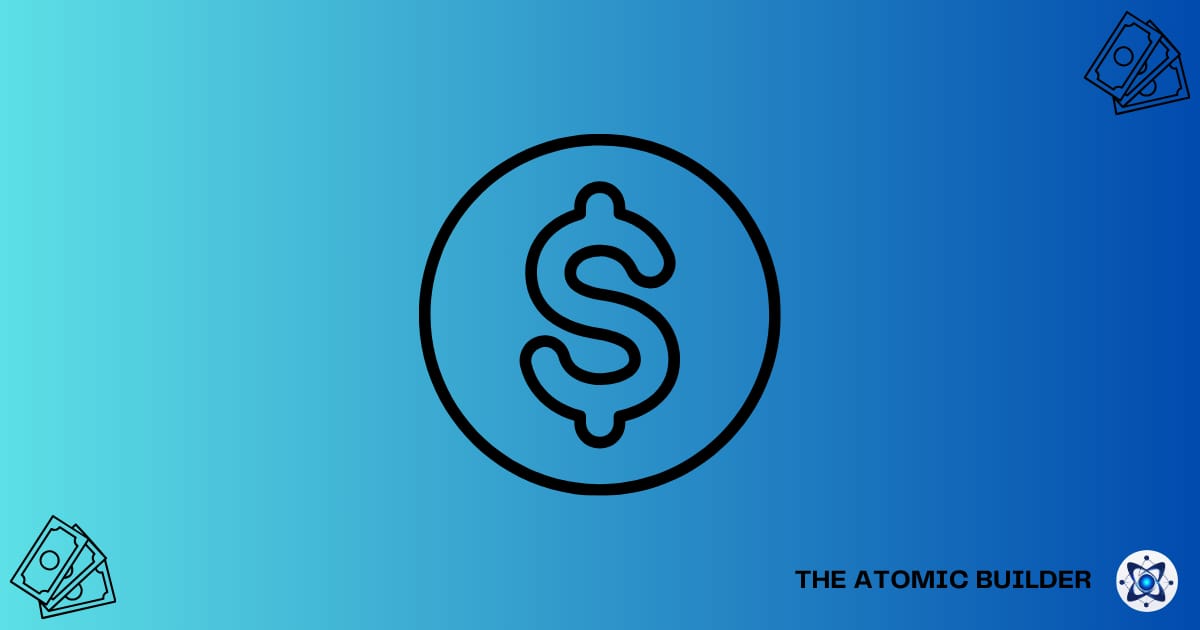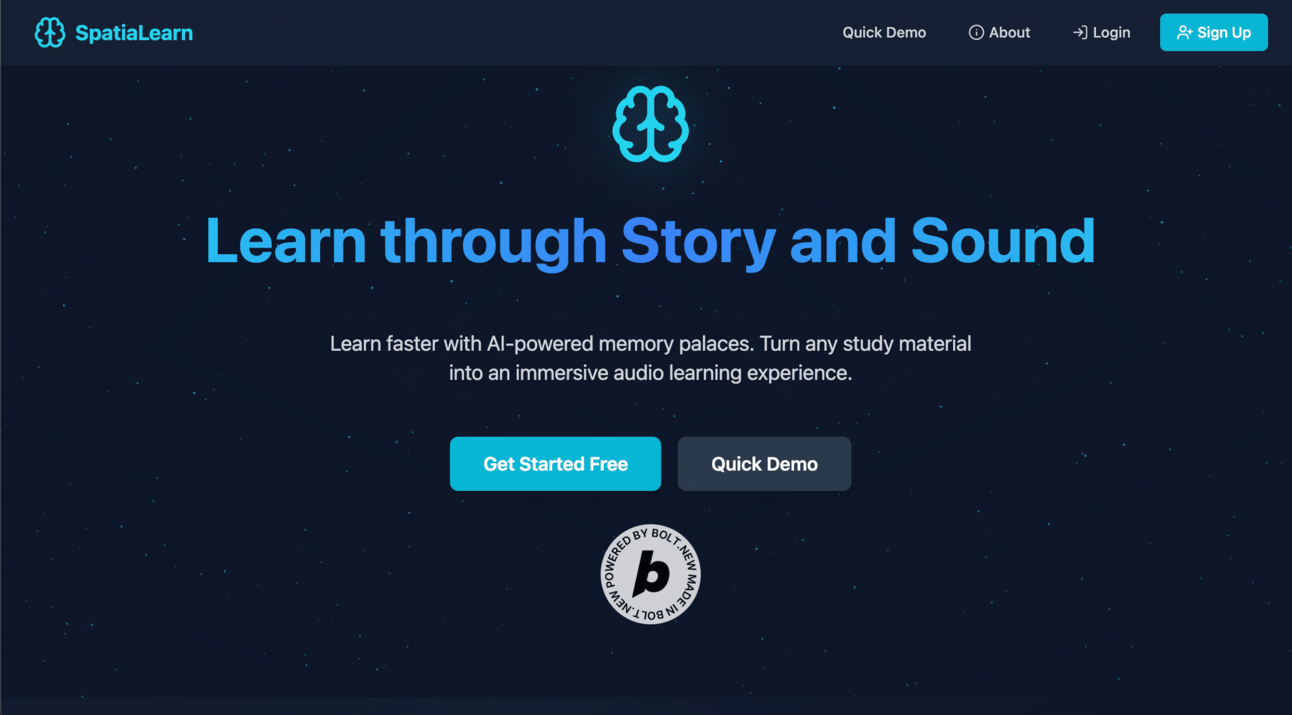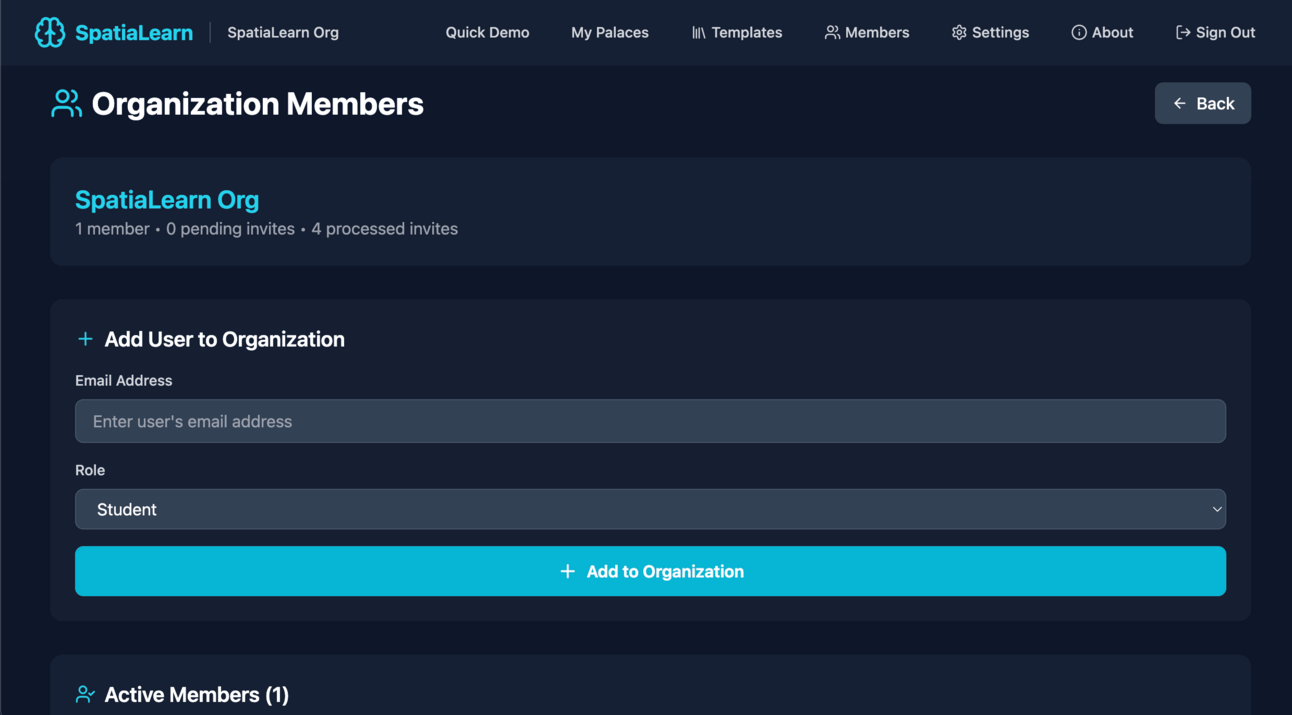- The Atomic Builder
- Posts
- Is your AI product a novelty or a necessity? The $12B question.
Is your AI product a novelty or a necessity? The $12B question.
Building Something Nobody Wants Is Easy - What You Can Do About It

Hi, and welcome to The Atomic Builder!
Let's talk about two numbers that should be on every product builder's mind in 2025.
1.8 billion: The massive number of people who have used consumer AI tools.
$12 billion: The relatively (!) small pot of revenue generated from those users.
A recent Menlo Ventures report, 2025: The State of Consumer AI, reveals this striking paradox. We've seen explosive, world-changing adoption, yet it's paired with sluggish monetisation. Fact, 97% of users do not pay for premium AI products.
That’s the stark reality of where we are. How many of you are on the free ChatGPT plan? I’m not judging - far from it. I'm underscoring the report's central point: we are now deep in the trough of "good enough."
Got this from a friend? Join other product managers, founders, and creators staying ahead of AI-powered product building. Subscribe to get The Atomic Builder every week.
This is the AI Monetization Gap
As product builders, our job isn't just to create tools users enjoy - it's to build products so valuable they become indispensable. It's something I've been reflecting on deeply as I develop SpatiaLearn, my own AI-powered platform, that improves the learning process by creating an immersive audio experience. Early insights from talking to potential users have reinforced one clear truth:
Novelty fades, but necessity endures.
The magic of seeing an AI generate a poem is (used to be…) a one-time thrill. The magic of an AI saving you four hours of gruelling work every single week is a sustainable business model.
The 3% Problem: When "Good Enough" Becomes Your Enemy
The core of our challenge is that general-purpose AI tools like ChatGPT or Google Gemini have mastered the art of being "good enough." They've lowered the barrier for countless basic tasks - writing emails, summarising content, generating ideas. For most users, this baseline functionality is, well, it’s good enough.
So, why should anyone pay for your product if a free alternative gets them 80% of the way there?
To shift users from free to paid, your product can't merely be better - it needs to become indispensable. It must solve a problem that is so critical, specific, and impactful that the free, generic solutions feel inadequate by comparison. Think of it like a map: a free tourist map is fine for a casual walk, but a serious mountaineer will gladly pay for a specialised topographical map with offline access, trail-grade, and water sources.
So, build the thing that scares you…we need to build the topographical map…
Finding Friction: Build for High-Friction Moments
The Menlo report highlights that users will pay for AI service that tackles high-friction life moments, makes sense right? These moments are recurring, stressful, high-stakes tasks where failure is costly and success is deeply valuable.
Low-Friction: Writing an email subject line.
High-Friction: Analysing 500 customer support tickets to find the root cause of a spike in user complaints and drafting a data-backed bug report.
Generic tools spread themselves thin, lacking specific context or the more targeted UI a specific use case might need. Your opportunity lies in going deep. Let me break this down further, and make this real with a few examples:
For the B2B SaaS PM: The high-friction moment isn't just "summarising notes." It's synthesising twenty hour-long user interview transcripts into a concise, evidence-backed list of feature priorities that you can defend to your leadership.
For the E-commerce PM: It’s not "writing product descriptions." It's diagnosing a sudden 10% drop in your checkout conversion rate by simultaneously analysing user session replays, performance metrics, and inventory data to find the bottleneck.
I’ve been thinking about this further. For example, in developing SpatiaLearn, I'm not focused on the low-friction task of "studying." I'm targeting the high-friction moment of necessity to progress - that feeling when you realise you can't recall critical formulas or concepts under pressure. The goal is to make memorisation and recall in demanding professional contexts significantly more effective, moving from convenience to a critical performance tool.

Is your / my product worth paying for?
To pressure-test your monetisation roadmap, evaluate your premium features with brutal honesty. A truly premium feature should tick at least three of these boxes. Here’s how to spot the difference between a real feature and a "Red Flag."
1. The 10x Value Multiplier:
Red Flag: "Our AI makes report generation 20% faster."
Green Flag: "Our AI automates the entire weekly reporting process, turning a 4-hour task into a 5-minute review."
2. Deep Workflow Integration:
Red Flag: "Users export a CSV from Salesforce, upload it to our tool, then download the results."
Green Flag: "Our tool has a native integration with Salesforce, providing insights and actions directly on the contact record you're already looking at."
3. Exclusive Expertise:
Red Flag: "We use a standard GPT-4 prompt to summarize text."
Green Flag: "We fine-tuned our model on a proprietary dataset of 10 million legal contracts to identify non-standard clauses with 99.2% accuracy."
4. Clear ROI:
Red Flag: "Our tool makes your team 'more productive'."
Green Flag: "For $50/month, our tool helps sales reps identify 3 more qualified leads per week, leading to an average of $1,500 in new monthly pipeline."
In shaping SpatiaLearn, I’ve been using this exact framework to guide what makes the cut - and what doesn’t. One feature now in build is Organizations and Roles (below image), directly shaped by feedback from early users (thanks Karl Gunner!). He flagged the need to make the platform useful not just for individual learners but for organisations with theory learning / courses trying to onboard, coach, and track team learning.
That feedback turned into a high-friction insight: a single learner might tolerate friction, but an organisation won’t adopt unless the product fits seamlessly into an org-wide workflow. The goal now is to build something that’s not just helpful for individuals - but essential for businesses.
It’s a humbling process. I don’t yet have validated product-market fit - but this audit helps keep the product honest. Time will tell.

Feedback is priceless
Final Thoughts
The era of novelty-driven AI is over. Today's challenge - and greatest opportunity - is creating focused products that solve critical, high-friction challenges for clearly defined audiences.
Monetisation isn't just a pricing page you build at the end. It's a direct reflection of the indispensable value you deliver from day one.
Stop merely building features. Start solving real, pressing problems. That’s how you build an AI product users won't just enjoy, but will genuinely value enough to pay for.
Until next time, keep experimenting, keep building, and as always - stay atomic. 👊
Faisal
This Week’s Build Beats 🎵
Each issue, we pair the newsletter with a track to keep you inspired while you build.
This week, for anyone out there trying to create something worth paying for…
🎧 “Million Dollar Baby” – Tommy Richman
Grab the playlist on Spotify - I add to it each week!
 | Thanks for Joining! I’m excited to help usher in this new wave of AI-empowered product builders. If you have any questions or want to share your own AI-building experiences (the successes and the failures), feel free to reply to this email or connect with me on socials. Until next time… Faisal |
P.S. Know someone who could benefit from AI-powered product building? Forward them this newsletter!
